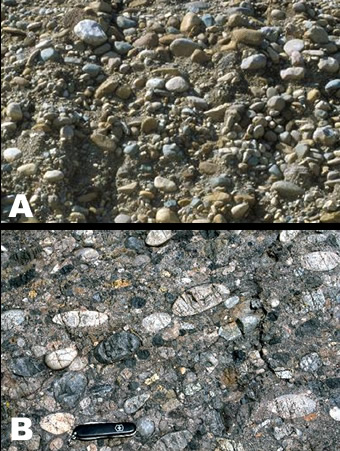Sediment (A) may someday become a clastic rock (B) if compacted and cemented together.
Click on image for full size
(A) courtesy of Bruce Molnia, Terra and (B) courtesy of Martin Miller, University of Oregon
Step 4: Turning a Pile of Sediment into Solid Rock!
Sediment is not a sedimentary rock unless the sediments become stuck together. The material that holds sediment together into a rock is called cement. It is made of mineral crystals. Cement forms when seawater or groundwater travels through the empty spaces between sediment and leaves mineral crystals behind.
A pile of sediment becomes a sedimentary rock more quickly when it is buried deep underground. This makes the sediment grains become squished closely together. However, turning a pile of sediment into solid rock takes a long time. It can take even take hundreds of thousands of years.
Last modified August 25, 2003 by Lisa Gardiner.
You might also be interested in:

Minerals are the building blocks of rocks. There are many different types of minerals. All of them are solid and all are made of atoms of elements. Minerals can grow even though they are not alive. Most
...more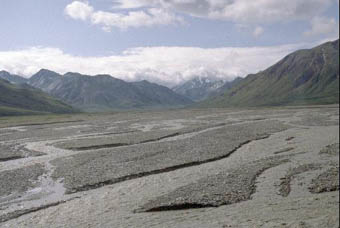
If you sneeze into a pile of dust the little particles fly everywhere, but if you sneeze into a pile of rocks, they will stay put. It takes more force than a sneeze to move those rocks. Winds and water
...more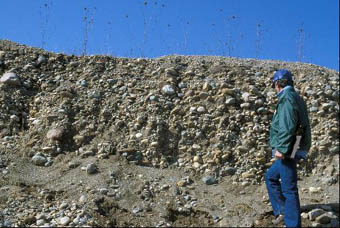
When water or wind slows down, sediment can no longer be carried in it. The particles of sediment fall through the water or air and form a blanket of sediment on the bottom of a river, a lake, ocean,
...more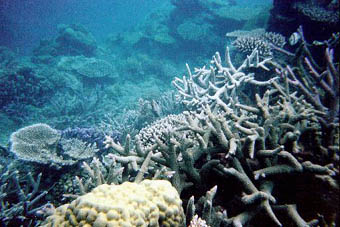
Rocks made of fossils are called organic sedimentary rocks. This picture shows one place where organic rocks are being made on the Earth today. This is a coral reef where the skeletons of coral, clams,
...more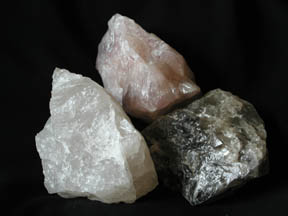
Spotting minerals is fun! There are many different types of minerals. Each has a different name and special traits. You can learn more about minerals by looking closely at them to understand their special
...more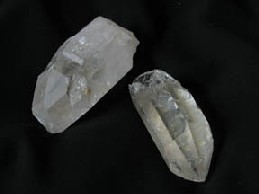
This mineral is called quartz! Sometimes it looks white like milk but usually it looks clear like glass, sometimes with a little pink or gray tinge of color. You can find crystals of quartz in many different
...more
Mica minerals make some rocks sparkle! Look for them in your igneous and metamorphic rocks. Do they make your rocks sparkle? They break into flat plates because they have cleavage.
...more


